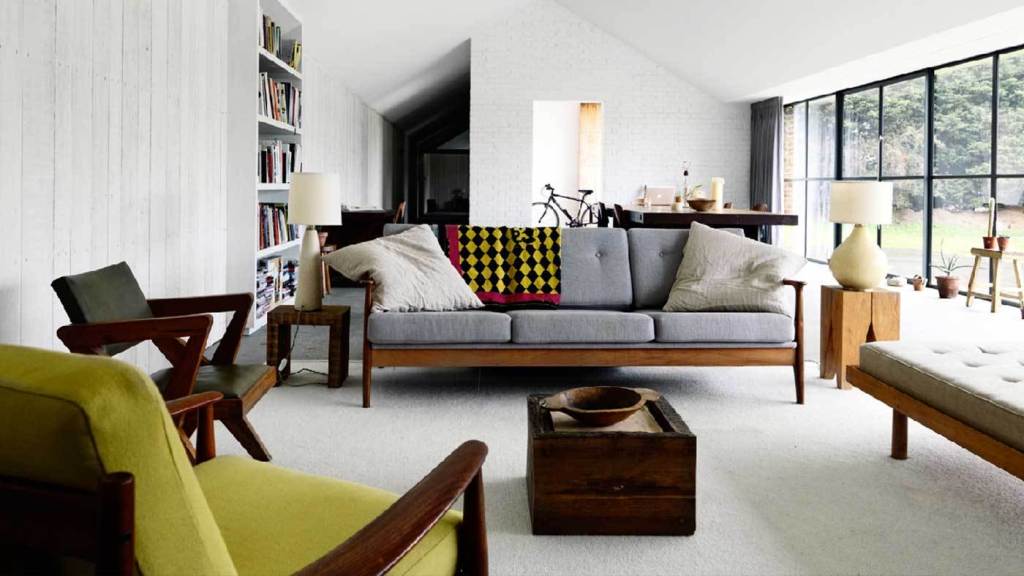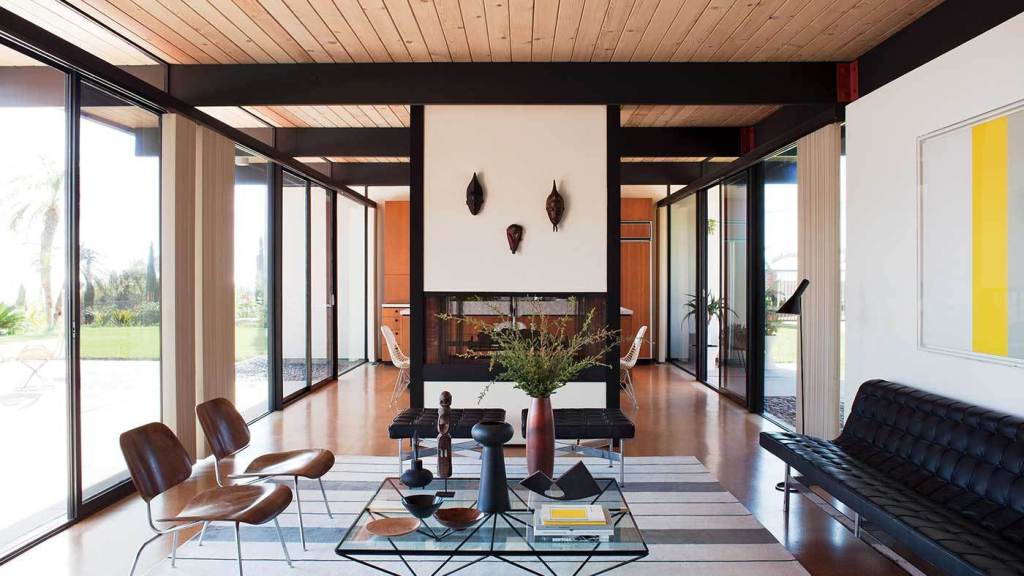The Art Deco Movement, that added zest to the fine arts, gathered its momentum in the field of Design and Architecture, ultimately resulting in the beautiful buildings that came to be known as Art Deco Homes.
The name of this refreshing movement was inspired from the Exposition International des Arts Decoratifs et Industriels Modernes held in Paris in 1925. Because of its distinctively fashionable approach, this style spread across many regions, albeit it was short lived. The influence was observed not only in art and architecture, but fashion, furniture and furnishings as well.
Art Deco buildings displayed impeccably smooth finish building materials, such as stucco, concrete block, glazed bricks and mosaic tiles, to name a few. A distinguishing feature from the then-prevalent revival and eclectic buildings was the addition of decorative details, such as motifs, in the elevation. These details were not always functional; at times they were added just to provide the architect’s artistic touch to the structure. The completed buildings were style statements in themselves, decorated with rich clear edged embellishments that were often low-relief designs. The designs included geometric shapes, such as chevrons and ziggurats adorned with stylized floral and sunrise patterns. The prime sources of inspiration were the Native American artworks.
As is with construction detailing, hand-crafted enhancements were expensive than machine-made repetitive decorations owing to the customization factor. Since it resulted in high costs, such decorations were mostly confined to the building elevations/other visible parts of the building. The nature of this style resulted in creative enterprising between architects, sculptors, painters, and designers like Old Miami Beach,Florida. Back in its days, the style was initially termed as Moderne, or Art Moderne, with much emphasis on the comparatively innovative blueprints of the 1930’s trending through the end of the World War II.
Surprisingly the Art Deco buildings were immensely practical to construct in spite of their eloquent flamboyance. Even at a shoe string budget, Art deco managed to leave impressions on otherwise a dull structure, with the aid of restrained motifs, appendages and embellishments. The prospects of enhancing visual value by expanding the horizontal and vertical forms of the buildings, often with brick bands, canopies or copings, furthered the cause of this refreshing style.



